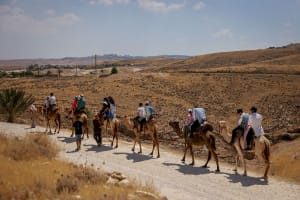The ancient caves of Drijat; millennia old custom mentioned in the Bible
Jesus even compared himself to the opening of a cave shelter for herds of goat and sheep

In the southern region of Israel on the edge of the Negev Desert, lies the quaint village of Drijat (or Draijat), a site that, until recently, upheld a timeless tradition in the Holy Land: Dwelling in caves and utilizing them as shelters for herds of goat and sheep.
This is a practice that dates back to biblical times, and intriguingly, is prominently featured in the narrative of Jesus' birth.
Drijat is located at the extreme southern part of the “Hebron Hills,” at the seam between the hills and the Negev Desert. However, the village is situated in Israel, not in the Judea and Samaria region (internationally known as West Bank). The meaning of the name “Drijat” in Arabic is “steps” because this location is the ascent to the Hebron hills from the Negev Desert's flat area.
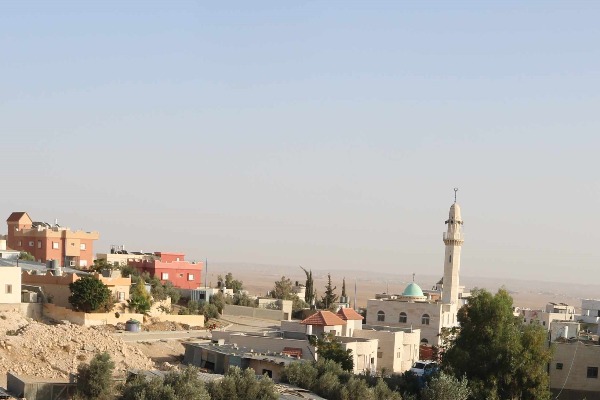
In the vicinity of Drijat village, living examples of this ancient custom can still be seen: Numerous openings in the rocks lead to caves of various sizes, ranging from the size of a small room to barn-like halls. While most of them are natural caves, some were enlarged with metal tools. They were used to shelter sheep and goat herds until recent times but also served as human dwellings.
Drijat is one of the gates to the Hebron Hills when approaching from the south. There are ancient roads from the Roman period in this area and according to the locals, the Roman Emperor Diocletian paved a stone road along this route around 284 A.D.
These roads also include steps carved out of the rock, which is one of the roots of the name of the village.
Israel is filled with natural caves because of the karstic phenomenon, causing the limestone to form natural underground spaces because of the water “digging” its way into the soft carbonate sedimentary rock.
Because of the many caves available in the Holy Land, humans have always sought refuge there and, if needed, even settled in the caves from Prehistoric times, in the Neolithic period and until the modern period. There are many archaeological finds dated to various ancient periods that were found in Israeli caves.
In the Bible, Jesus says he is the gate to the sheep pen (John 10: 7-10). Until today, Bedouins in Israel and the Palestinian territories are gathering their sheep and goats in caves that are closed and fenced with stone walls. This very ancient tradition dates back to even before Jesus’ time.
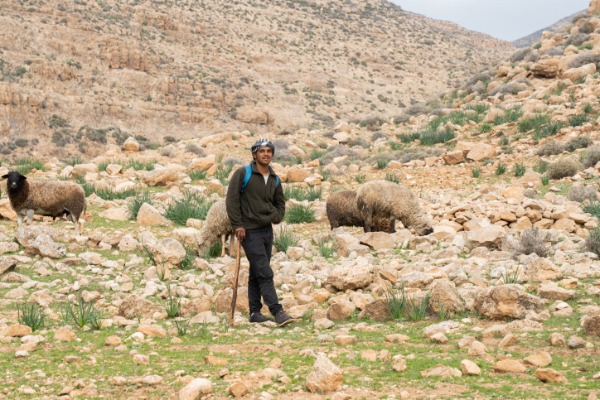
While most scholars today agree on the authenticity of its location, the Grotto, the underground holy place venerated as the birthplace of Christ in the Nativity Church in Bethlehem is another ancient example of the use of natural or manmade caves for human dwelling or goat and sheep-pens.
Some people imagine the manger where Jesus was born as a small wooden house in the middle of the fields, but during these days, the place to hold sheep and goats was mainly in caves, which can still be seen in some places throughout modern Israel.
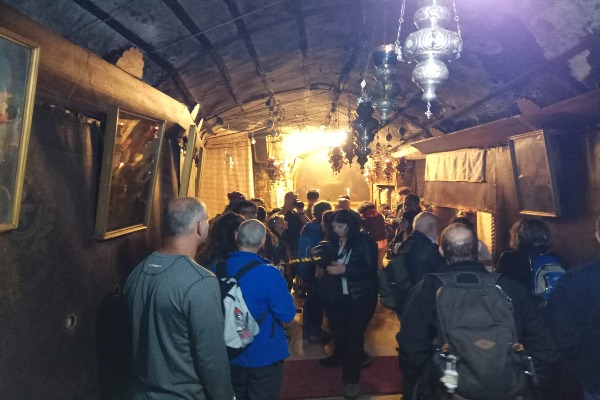
The Shepherd Fields at Beit Sahour, an area under Palestinian control, illustrates this very well. These were goat shelters for the night, where shepherds used the caves to protect their sheep and goats. This idea may answer the question of why shepherds would be in the fields during the night with their herds (Luke 2:8-20). They were likely guarding the cave openings, like the one Jesus compared himself to, while the herds remained inside for the night.
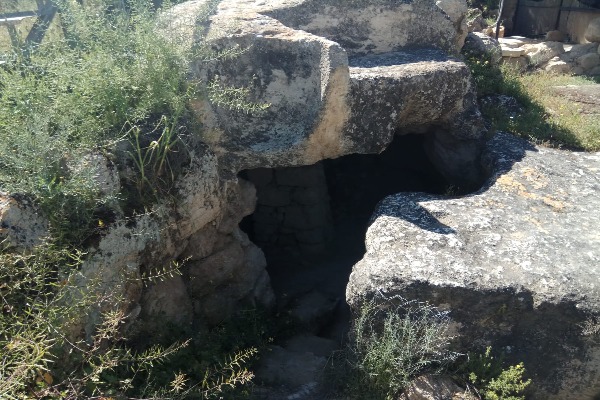
Although there is a difference between the different usages of the caves, either for human dwelling or for sheltering the goats and sheep, the caves sometimes were used for both, like in modern Palestinian caves in the South Hebron Hills. Other times, they were used only for human dwelling: The Byzantine monks lived in caves while in the Judean Desert in what later became the very first monk hermit monasteries of the 3rd and 4th centuries A.D.
Numerous monasteries in modern Israel and the Palestinian territories include ancient caves previously used by the very first Christian monks in the Holy Land, and are still used today. One of them is the Faran Hariton Monastery in the Qelt (Faran) Stream in the Binyamin desert. Some ancient caves in Israel were also used as a refuge, especially during the bloody Bar Kokhba’s Jewish Revolt against Rome during 132-135 A.D.
There is still a low level of income among a part of the Arab population living in the Judea area, just over the Green Line to the north of Drijat, in Area C which is administered by Israel. Over there, few are still living in the caves, mainly around Yatta and in the western Hebron Hills, for example at Djaniba and other locations. They are Palestinians who do not hold Israeli citizenship.
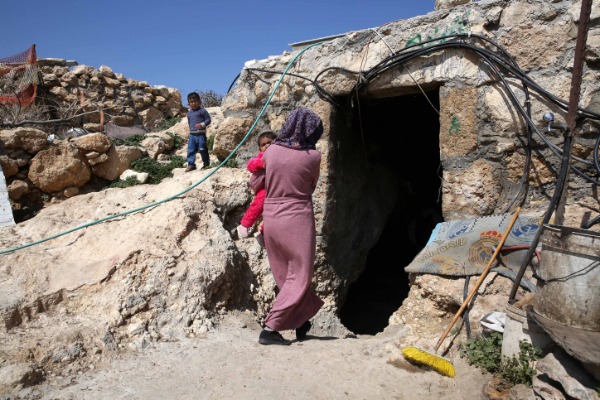
Several challenging issues arose with these populations in recent years because of the questionable legal status of their dwelling, causing the State of Israel to try to expel them from the caves (Area C of Judea and Samaria is under Israeli administration and subject to its laws).
Some claim there is no legal proof of ownership of these caves and believe some of the families only arrived some decades ago or during the last 100 years to settle in these areas.
Others claim that their ancestors have been living in the caves for 300, and even 500 years, before the Ottoman Turks. Clashes between some Israeli settlers and cave dwellers have been reported in the last years.
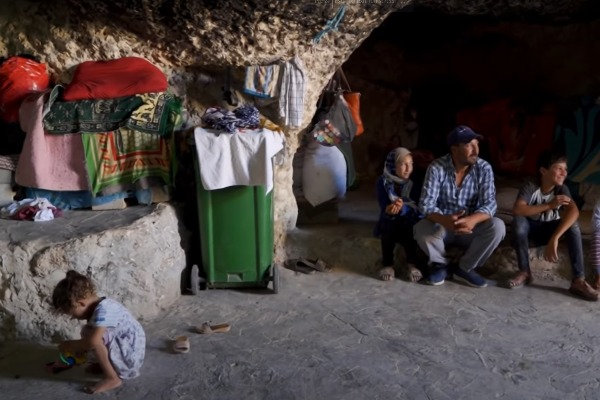
Yaakov Havakook, a Jewish Israeli who went to live in these caves in the 1980s, was received by their inhabitants, learned Arabic and was even given an Arabic nickname. As a scholar, he wrote a book on the topic, called: “Living in the Hebron Hills Caves.” This fascinating anthropologic study offers a deeper understanding of the ancient background of this custom.
Drijat, on the Israeli side, is composed of ancient “Fellah” (traditional Arab farmer) families that came originally from this same Hebron Hills area during the middle of the 19th century. They are not Bedouins, and they insist on the differentiation. During the 19th century, they sought out empty and available land to settle upon due to overpopulation.
As they continued the lifestyle of their forefathers in the South Hebron Hills, they began reproducing the same pattern of living in caves for themselves, as well as for their herds of goats and sheep. Today, life is different than in 1948, with the villagers of Darijat mostly leaving the caves and building regular houses nearby.
Now, the population is modernized and values a high education level since the inhabitants have Israeli citizenship. Darijat inhabitants have many opportunities and are more involved in society than some other ethnic groups in the area.
One of the residents, Abu Jaber, is a licensed tour guide, and he transformed the ancient cave of his family into a dwelling place for tourists who are curious to enjoy the special experience of eating a delicious traditional meal in a magical ancient cave.

Drijat is today a very welcoming place for tourists, and many locals have been working in this field for years. The inhabitants are fully integrated into Israeli society as a part of the Arab-Israeli population in Israel. Education level is high and most everyone has not only been taught Arabic but also Hebrew, and many speak English.

Their engagement with neighboring communities serves as a model for successful integration that other Arab communities could potentially follow.
Sharing the well-known warm Arab hospitality, they compete with the best Bedouin-style tourist hospitality sites in this area of southern Israel.

Aaron Goel-Angot is a Belgian-Israeli archaeologist with an expertise in antiquities identification. He is an enthusiastic numismatist and a licensed tour guide. He holds a BA degree in archaeology from the Institute of Archaeology at the Hebrew University of Jerusalem. He joined the ALL ISRAEL NEWS team as an Archaeology and Tourism correspondent. Aaron is married, father of three young children and lives in Jerusalem.
You might also like to read this:


